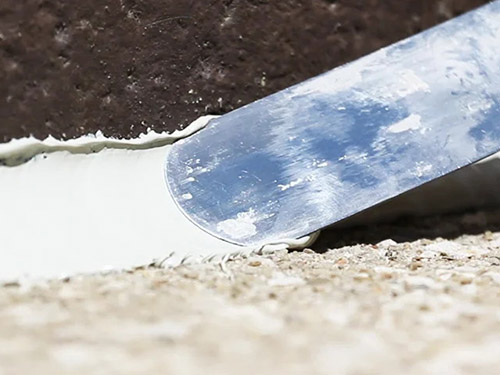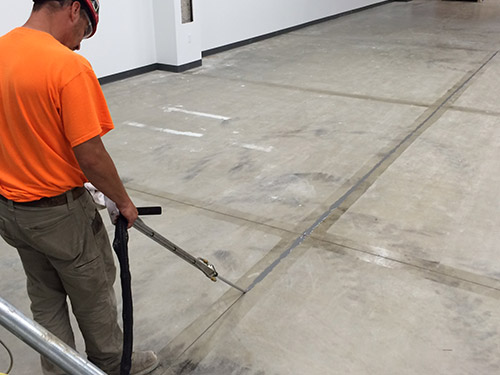Silicone sealants are used in a variety of construction applications, including the residential, commercial, industrial and infrastructure sectors, mainly as a sealing or bonding agent.
Different silicone sealants can offer different properties including UV stability, high movement and elongation, tenacious adhesion, and exceptional weatherability. Typical applications for silicone sealants include expansion and control joints, perimeter caulking, structural glazing, and Insulated Glass (IG) units. Silicone sealants possess properties that allow them to be used for indoor and outdoor applications, and they adhere strongly to most substrates such as aluminium, glass, steel, painted metal, plastic, stone, concrete, and brick.
As a result of recent global supply chain disruptions, the raw material used for producing silicone sealants is facing a serious shortage. Therefore, more and more building suppliers are offering alternative forms of sealants to industry professionals in order to continue business operations without compromising on quality.
Why are the prices of Silicone Sealants rising?
A recent major global supply chain disruption has resulted in significant raw material shortages and sent prices up by 300% in less than two months in 2021. This supply disruption is predicted to last through to the first half of 2022.
The cause of this global silicone shortage can be attributed to a number of reasons:
- Prolonged outages at major silicone producers in 2020 and 2021.
- Power-rationing orders in China heavily impacting silicon metal production - an energy-intensive production process (China produces 70% of silicon metal globally)
- There has been a limited number of major investments in silicone production outside of China resulting in a constrained global raw material production and supply.
- Labour shortages – Tightened border controls because of the COVID-19 pandemic have triggered labour shortages because of the constrained inflow of migrant workers which have directly pushed up manpower costs.
- Severe logistical delays - Extended transit times, inadequate transportation capacity (shortage of drivers, ships, containers, etc.), and manufacturing lockdowns have led manufacturers and suppliers to increase their product prices to buffer these risks.
The combined impact of these complications has significantly restricted the availability of silicone raw materials and increased costs for manufacturers. Therefore, suppliers are encouraging the use of silicone alternatives wherever practical or possible in various building applications to provide continuation of construction.


 Sealants, Glazing and Façades
Understanding Wind Load And Its Effect on Structural Glazing
Sealants, Glazing and Façades
Understanding Wind Load And Its Effect on Structural Glazing
 Sealants, Glazing and Façades
4 steps to applying the perfect sealant every time!
Sealants, Glazing and Façades
4 steps to applying the perfect sealant every time!
 Concrete
Concrete Floor Joint Repair Solutions
Concrete
Concrete Floor Joint Repair Solutions
